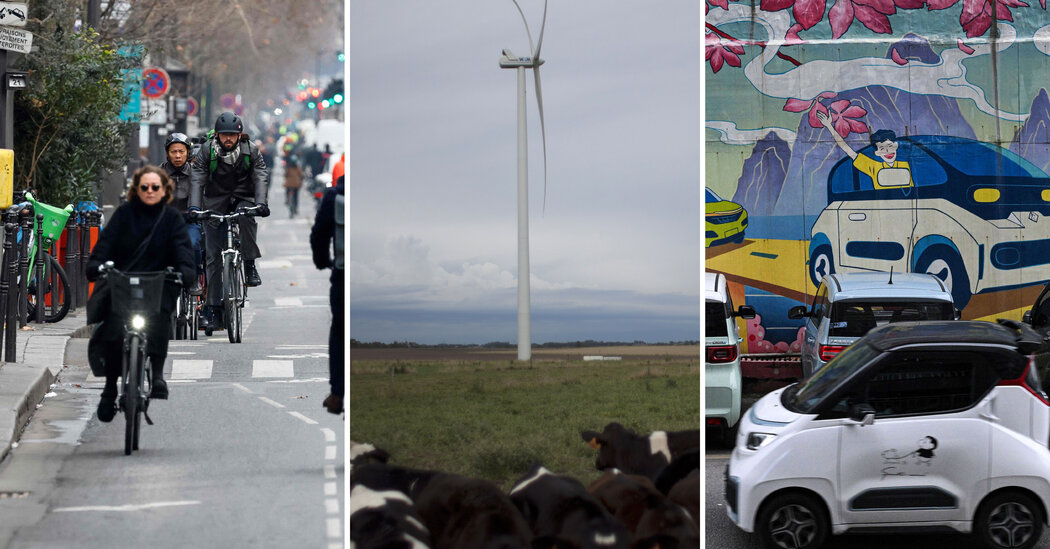

roots are grounded in yoga, but it is stretching well beyond that now.
The athletic-apparel company said in an analyst presentation this past Wednesday that it aims to double its sales from $6.3 billion in its latest fiscal year to $12.5 billion by 2026. As ambitious as that seems, it may not be too far out of reach for Lululemon, which has doubled its revenue in three years. Analysts polled by FactSet were already penciling in a similar number.
Do you think Lululemon can maintain its premium quality while diversifying its product line? Why or why not? Join the conversation below.
Lululemon’s new targets come as the company expands its horizons. It recently launched women’s footwear, which the company says is selling well, and is branching out to apparel for golf, tennis and hiking. After making its foray into fitness equipment through the Mirror acquisition in 2020, the company is also setting its sights on paid memberships. Later this year, Lululemon plans to debut a $39-a-month membership program that will give its users access to digital fitness classes in Mirror’s library, as well as online classes from boutique studios such as Pure Barre and Y7. It will also include discounts to in-person classes offered by those studios.
There are some reasons to be cautious about Lululemon’s new plans, though, which come as the company anticipates a slowdown in women’s apparel sales growth. Lululemon’s market share in North American women’s apparel already doubled between 2015 and 2020, according to data from Euromonitor.
The real challenge will be pulling off the expansion while keeping its luxury brand-like margins intact. Wild success in footwear, for instance, would be a double-edged sword because it is a lower-margin category compared with apparel. And while comfortable work pants for men is a niche category with few sizable competitors, footwear, golf, tennis and hiking all place the company more directly in competition with the likes of
and Adidas. Meanwhile, a $39 membership fee seems steep compared with alternatives. Peloton’s membership for just its app costs just $12.99 a month, for example.
For now, Lululemon thinks it can deliver its growth target primarily from selling its core line of products to more customers, including international markets, which only accounted for about 15% of total revenue last fiscal year, and men’s, which accounts for a third of its sales. Mirror and footwear are only expected to make up roughly 5% of sales for the foreseeable future.
One reason Lululemon has been so successful in preserving its bottom line—besides the steep price tags—is its grass-roots marketing strategy. The days when $100-plus Lululemon pants practically sell themselves could be numbered; the company said in its presentation on Wednesday that it will move to a more “integrated” approach that will involve more earned and paid media, as well as sports partnerships. Furthermore, international markets, where Lululemon plans to quadruple its business by 2026, could also end up having a mixed impact on profitability. David Swartz, equity analyst at Morningstar, noted in a recent report that Lululemon’s expansion into Europe “has been slow and a drag on earnings.”
Lululemon is increasingly positioning itself as an all-encompassing fitness and sports brand, directly in Nike’s lane. Getting there won’t be easy or cheap.
Write to Jinjoo Lee at jinjoo.lee@wsj.com
Copyright ©2022 Dow Jones & Company, Inc. All Rights Reserved. 87990cbe856818d5eddac44c7b1cdeb8
Appeared in the April 25, 2022, print edition.
24World Media does not take any responsibility of the information you see on this page. The content this page contains is from independent third-party content provider. If you have any concerns regarding the content, please free to write us here: contact@24worldmedia.com

Common Mistakes When Using Athletic Field Tarps

High-Performance Diesel Truck Upgrades You Should Consider

Warehouse Optimization Tips To Improve Performance

Fire Hazards in Daily Life: The Most Common Ignition Sources

Yellowstone’s Wolves: A Debate Over Their Role in the Park’s Ecosystem

Earth Day 2024: A Look at 3 Places Adapting Quickly to Fight Climate Change

Millions of Girls in Africa Will Miss HPV Shots After Merck Production Problem

This Lava Tube in Saudi Arabia Has Been a Human Refuge for 7,000 Years

Four Wild Ways to Save the Koala (That Just Might Work)

National Academy Asks Court to Strip Sackler Name From Endowment

Ways Industrial Copper Helps Energy Production

The Ins and Out of Industrial Conveyor Belts